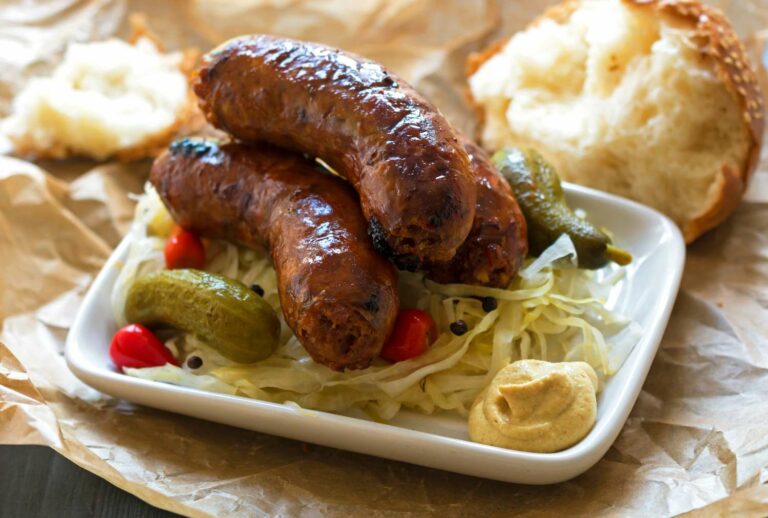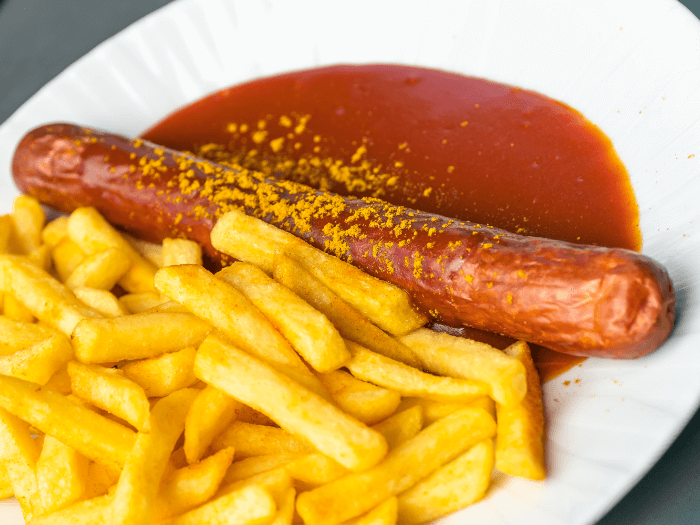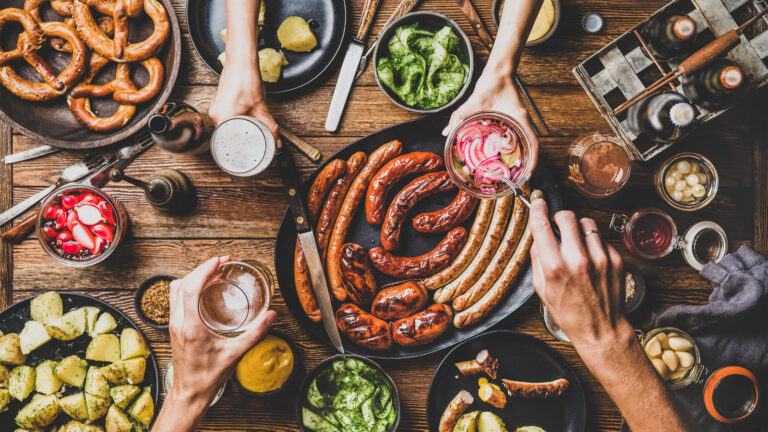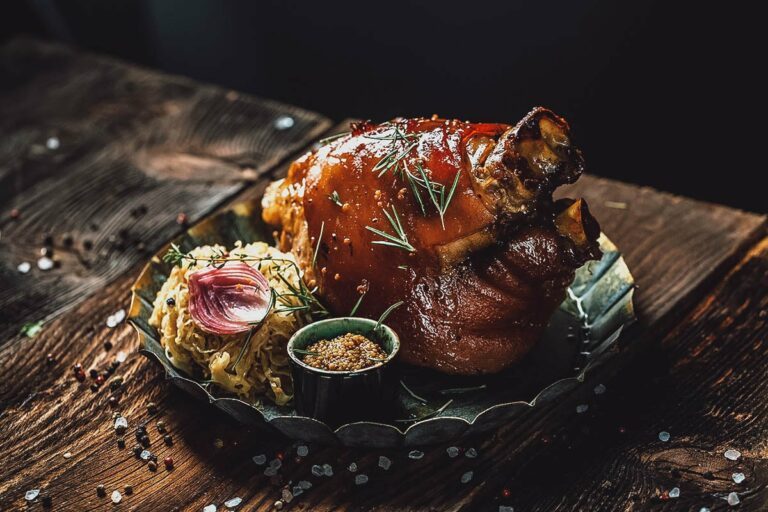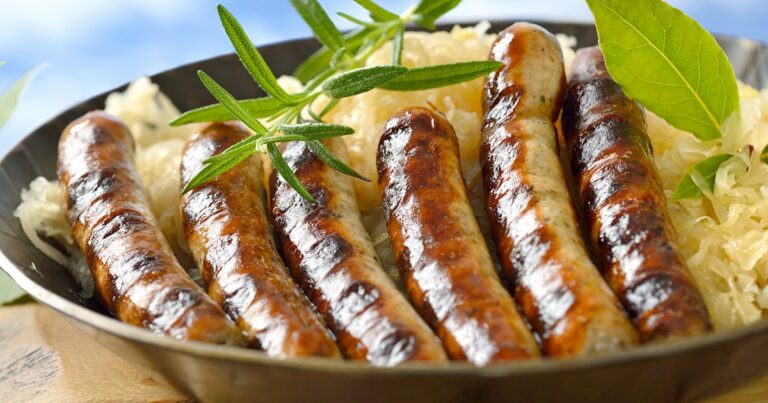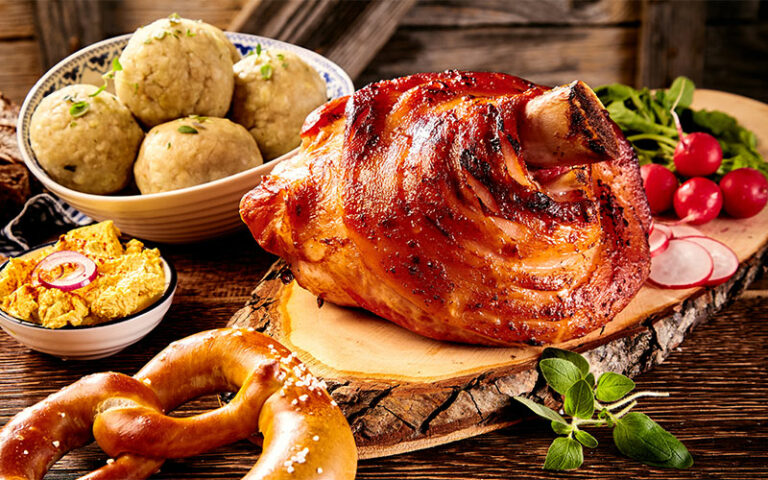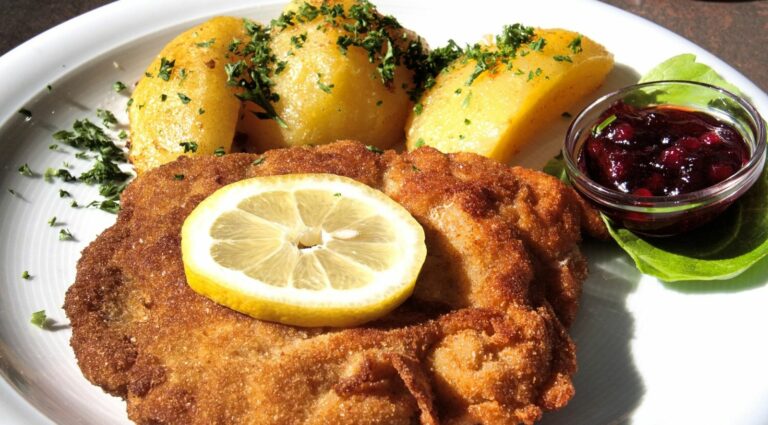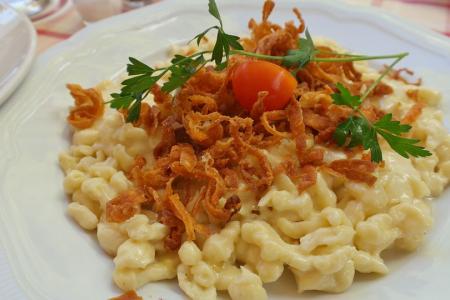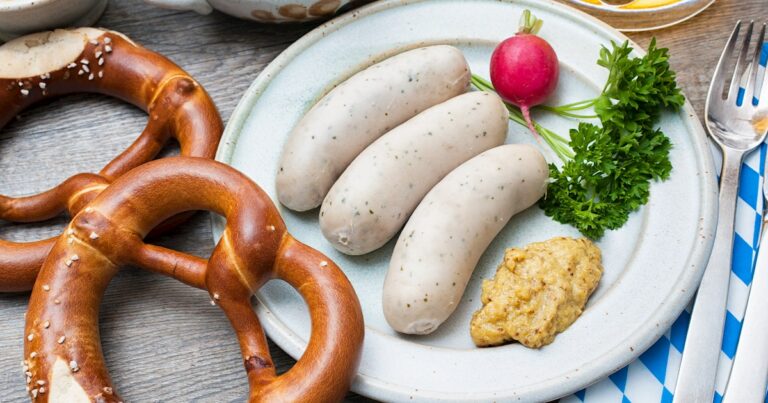Introduction: The Challenge of Finding Vegetarian German Dishes
Germany is known for its meat-based cuisine, with dishes such as schnitzel, bratwurst, and sauerbraten being staples of German cuisine. However, as more people adopt vegetarian or vegan diets, it can be challenging to find suitable options when dining out or cooking at home. But fear not, as there are many delicious vegetarian German dishes to be enjoyed.
In this article, we will explore some traditional and modern vegetarian dishes from Germany, as well as vegetarian variations of meat-based dishes. We will also delve into soups, stews, side dishes, accompaniments, and desserts that are suitable for vegetarians.
1. Traditional German Vegetarian Dishes
One of the most famous vegetarian German dishes is Spätzle, a type of egg noodle originating from the Swabian region. It is typically served with cheese, caramelized onions, or mushrooms, making it a hearty and comforting meal.
Another traditional vegetarian dish is Kartoffelpuffer, also known as potato pancakes. They are made from grated potatoes, onions, and flour, and often served with applesauce or sour cream.
Käsespätzle is another popular vegetarian dish, which is similar to macaroni and cheese but made with Spätzle instead of macaroni. The Spätzle is mixed with grated cheese, butter, onions, and topped with crispy fried onions.
2. Vegetarian Variations of Meat Dishes
Many classic German meat dishes can be easily adapted for vegetarians. One example is Rouladen, which is typically made with thin slices of beef rolled around onions, bacon, and pickles. However, a vegetarian version can be made using seitan, tofu, or portobello mushrooms instead of meat.
Another popular German dish is Schnitzel, which is a breaded and fried meat cutlet. A vegetarian version can be made using seitan, tofu, or even cauliflower or eggplant.
3. Soups and Stews
German cuisine is known for its hearty soups and stews, many of which can be made vegetarian. One example is Gulaschsuppe, which is a thick soup made with potatoes, carrots, onions, and paprika. Instead of beef, mushrooms or lentils can be used to give the soup a meaty texture.
Another popular German soup is Erbsensuppe, made with split peas, carrots, and onions, and often served with sausages. Vegetarian versions can be made using vegetable broth, and vegan sausages made from soy or seitan.
4. Side Dishes and Accompaniments
German side dishes and accompaniments are often based on potatoes, cabbage, and other vegetables. One example is Rotkohl, which is a sweet and sour red cabbage dish, often served with sausages or meatballs. Vegetarian versions can be made by using vegetable broth and omitting the meat.
Another side dish is Kartoffelsalat, which is a potato salad made with vinegar, oil, and mustard. Vegetarian versions can be made by omitting the bacon or replacing it with vegetarian bacon bits.
5. Desserts and Sweets
Germany has a rich tradition of sweet treats, many of which are suitable for vegetarians. One example is Apfelstrudel, a thin pastry filled with cinnamon-sugar apples, raisins, and nuts. It is typically served with vanilla sauce or ice cream.
Another popular German sweet is Lebkuchen, a type of gingerbread made with honey, spices, and nuts. It is often served during the holiday season and can be made with vegan substitutes for honey and eggs.
Conclusion: Exploring the Diversity of Vegetarian German Cuisine
While German cuisine is often associated with meat-based dishes, there are plenty of vegetarian options to be enjoyed. From traditional dishes to vegetarian variations of meat-based ones, soups, stews, sides, and desserts, German cuisine offers something for everyone. Next time you are looking for a vegetarian meal, consider exploring some of these delicious German options.

